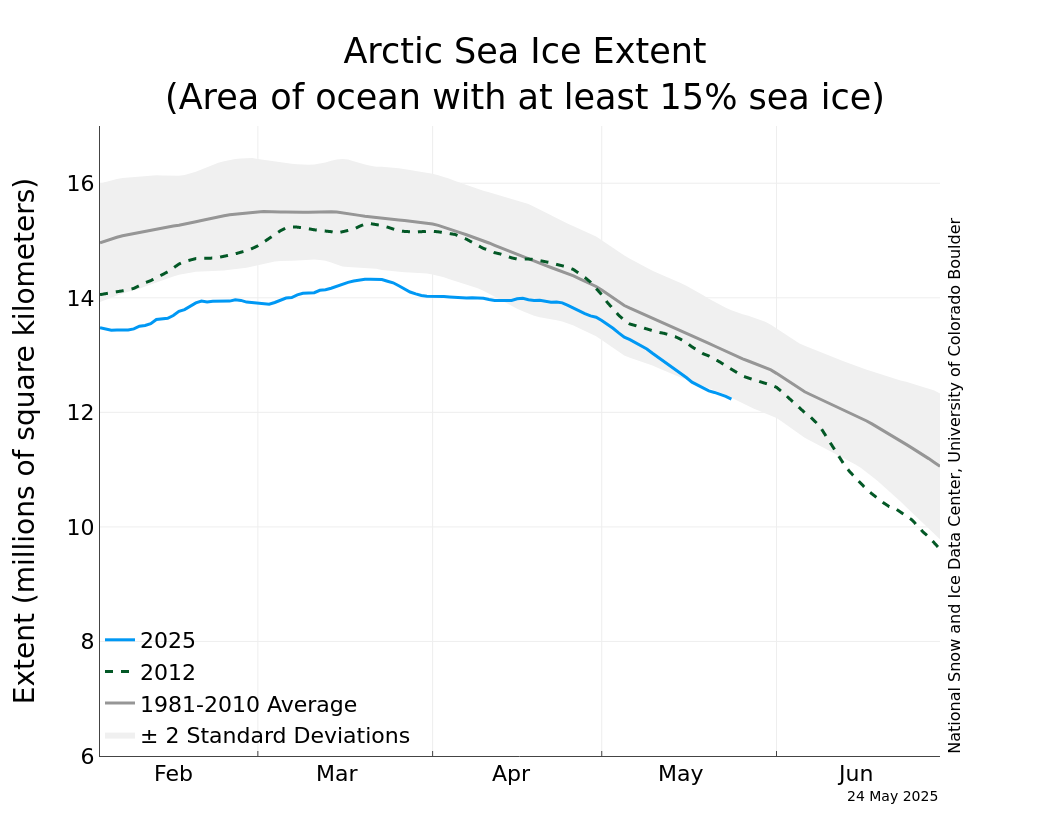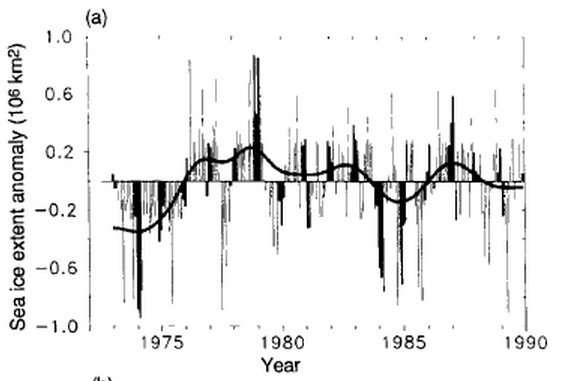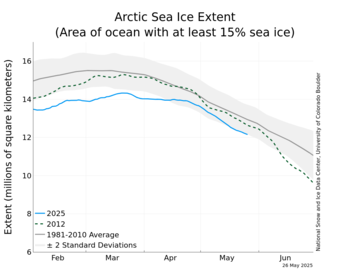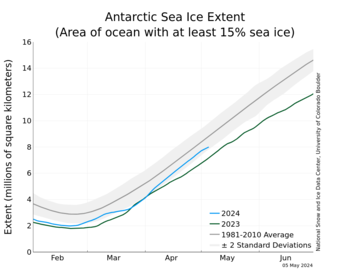WE do not blow chemicals into the air etc... we want reasonable regulations based on science, not left wing fear mongering and hype. Another left wing lie that needs to die as well..Have you been to Denali or up the Alaskan coast, there is a lot of melting going on..
Also I grew up in northern Minnesota with deep cold winters, they haven't had a huge cold winter storm in several years.
The problem is, we humans have a very short life span as compared to the cyclical climate of our earth. Thus we do not live long enough to see the cycles start to finish. This makes us easily duped by those who would want to control us and use this as a weapon to deprive us of our freedoms and rights.
Just in the current interglacial we have seen 5 cycles of ice free and a return to partial glaciation. A fact the alarmists don't want you to see or understand.
View attachment 107567
Interglacial's last about 14,000 years on average. Were at 14,600 years at present. We are over due for our next 90,000 year glacial cycle. Pray that our current interglacial last a while longer. The death that will happen when we fall into the next glacial cycle will thin the herd massively.
I don't know enough to get into the science of things, but why is there such and opposition from the party who supports people like the Koch brothers to blow all of their chemicals into the air and water?
We have a cancer epidemic in America , so our bodies are warning us of what we are doing to our world.
Anyway, I do not want to hi-jack the thread, I find it interesting.
Take it easy on EagleWings. Poster is probably still under the impression that CO2 is a pollutant and a chemical. Not their fault they've been propagandized.
I have heard that the epidemic of breast cancer on the Northern California coast is from the crap coming over from China and Japan when it had a radiation problem after the earthquake they had about 5 or 6 years ago.
Wish these things were fake, but it is well known and documented that chemical plants have poisoned many in their communities with pools of cancer causing crap in their air and water.
Here are a few links
5 years later, Fukushima radiation continues to seep into the Pacific Ocean
Five years after an accident at the Fukushima nuclear plant in Japan, some scientists continue to find found small amounts of radioactive material along the West Coast of North America. And some of them say we should expect to see this in the ocean for decades to come. Elevated levels found off the coast of Japan show that the situation is not yet under control, and that the facility is still leaking radiation.
West Coast watches as Fukushima leaks radiation
Fukushima Radiation Leak: 5 Things You Should Know
Measurable amounts are not neccessarily a health hazard. It's a concept of zero risk that just doesn't fit in a dirty world.. Like "pure" water vs "clean" water. I've drunk $30/gal "pure" water used in labs/fabs. It's not good.
And you ARE aware that HOSPITALS and med facilities are the largest generators of "low level" nuclear waste correct? If you took the nuclear med injection I once did and crapped it out into Lake Michigan, it MIGHT equal the radiation coming from Fukishima and hitting the West Coast.










